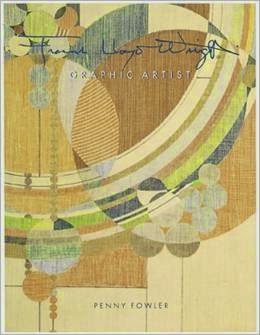Some of Graycliff's volunteers will recall that, last year, Graycliff had a booth at a few of the Larkin Square Live at Larkin' concerts on Wednesday evenings. Well, this year they are doing things a little differently. Instead of competing with the music, the folks at Larkin Square have decided to have one evening (Thursdays) each week this summer dedicated to local vendors and community organizations. The new Larkin Market will begin Thurs. this week, July 10th, and the market runs from 4 - 7:30 PM every Thurs. through Sept. 18th.
Graycliff will have a booth at the Larkin Market on the following three Thursdays:
July 17
Aug. 14
Sept. 11
We already have one volunteer for Aug. 14th (thank Nancy McNaughton!). We are looking for volunteers for all three dates, for either the entire evening or for one of two shifts (3:30-5:30 or 5:30-7:30). If you are available and interested, please contact the site or one of the Volunteer Co-Chairs.
Graycliff Estate
Phyllis Spears
Kathy Mehltretter
Wednesday, July 9, 2014
Tuesday, July 1, 2014
Frank Lloyd Wright’s Career as a Graphic Artist
In addition to architecture, landscape architecture and furniture
design, Frank Lloyd Wright's oeuvre also included innovative graphic work. This
is the first in a series of 2 short articles on this career. I hope that it
will encourage you to do further reading and research in this area.
Graycliffians are aware that funds were
low for Wright in the mid 1920's. In 1927 Frank Lloyd Wright and
his third wife, Olgivana, were low on funds and living in New York City with Wright's sister Maginel. Maginel was
working providing covers and illustrations for magazines and had some
contacts.
Liberty magazine had published an article previously for Wright,
and now he saw an opportunity for to
provide designs for its covers.
Wright designed a series of 12
festive covers for Liberty Magazine.
Unfortunately, Liberty Magazine turned
them all down, and they were not published. They were a a radical
departure from the figurative norm of the time. Figurative drawings, such as those by Norman Rockwell were popular
during this decade in American magazine publishing.
The acceptance of abstraction in
graphic design had yet to be accepted for magazines, despite the popularity of
the Art Deco style. It was not until the
July, 1937 issue of Town & Country that Wright’s design of "July Fourth" was finally published,
for the cover of the magazine. It was
the only one of his designs to grace the cover of a magazine.
In Penny Fowler’s book, Frank Lloyd Wright , Graphic Artist
she notes that Wright used basic draftsman's tools, the T square,
triangle, and compass to plot the Liberty abstractions on a fundamental grid. This
process went back to his early Froebel training, in which "natural"
forms were reduced to their underlying geometric structure and arranged on the
ever present grid of the kindergarten training. 1
Looking at the cover of Town and Country
for the July 1937 issue, we will go further in this discussion.. In
his book, Decorative Designs of Frank Lloyd Wright, David A.Hanks notes that
on the lower left corner of the graphic, it acknowledges the design by Wright.
 Hanks goes on to describe The vertical repetition of the American
flag, in reverse at the right and conventionally in the center, creates depth
in the composition; and lines give the impression of a street within the
large overall design of a flag hanging at an angle. You
can see vertical grid patterns that create emphasis as well as variations onto
red, white and blue color scheme." 2
Hanks goes on to describe The vertical repetition of the American
flag, in reverse at the right and conventionally in the center, creates depth
in the composition; and lines give the impression of a street within the
large overall design of a flag hanging at an angle. You
can see vertical grid patterns that create emphasis as well as variations onto
red, white and blue color scheme." 2
Footnotes:
1)
Frank Lloyd
Wright , Graphic Artist ,
Penny Fowler, Pomegranate Press, 2002; pg.
80
2)
Decorative
Designs of Frank Lloyd Wright, David A. Hanks, Dutton, 1985, pg. 181
The first of two blog posts by Diane Schrenk
Subscribe to:
Comments (Atom)



